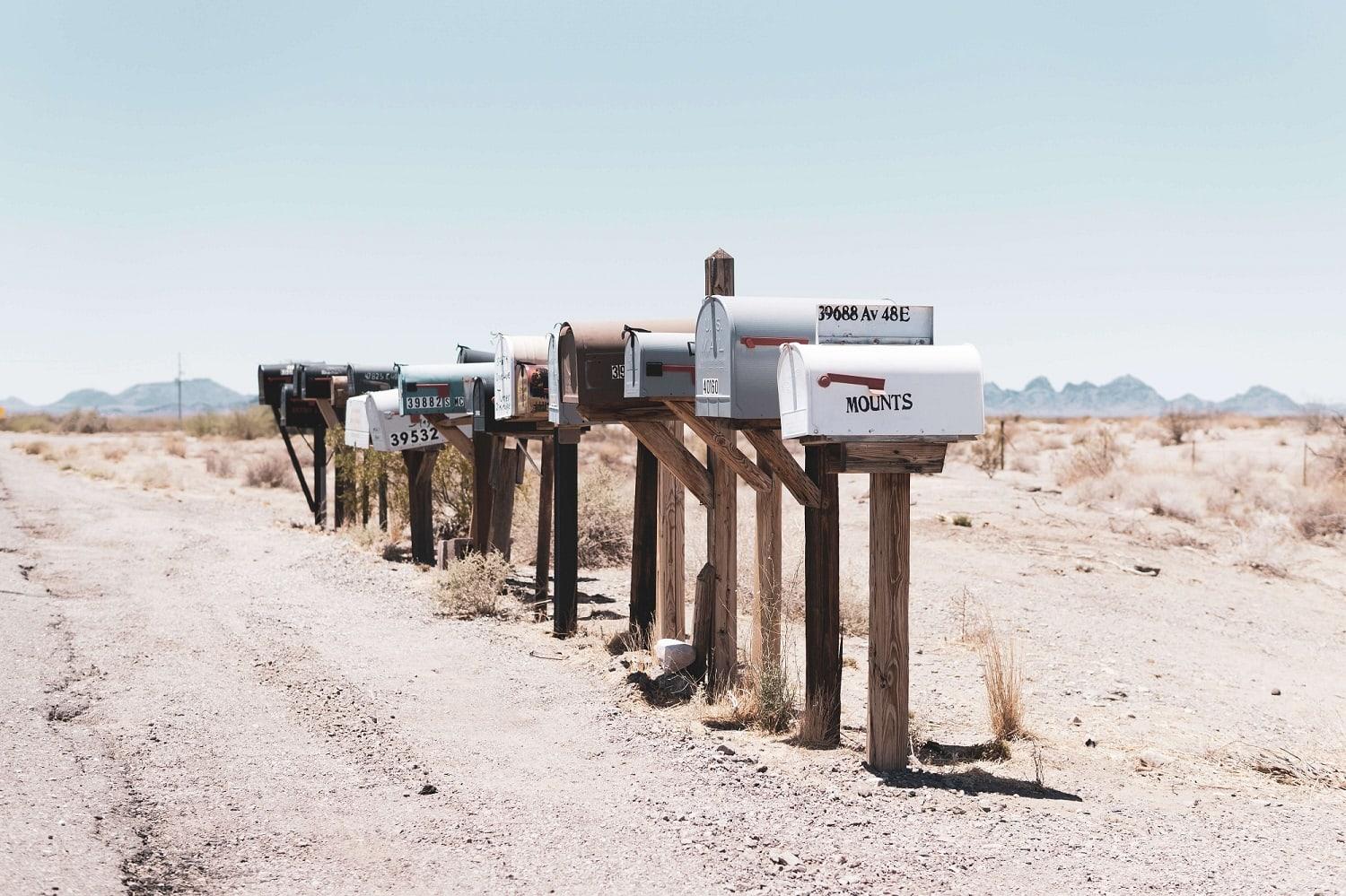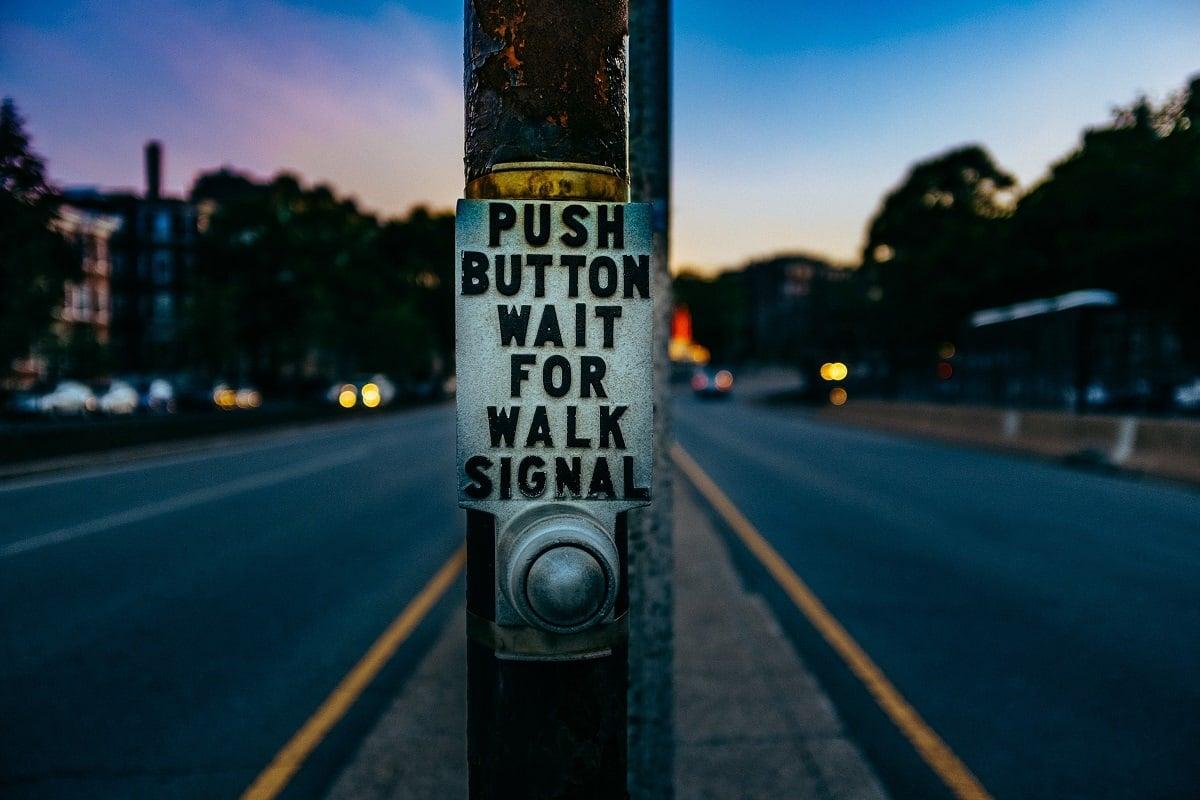
Email Marketing: how to create a newsletter step by step
Are you not doing email marketing yet? Maybe, you should think about it. Newsletters are a valuable source of traffic as well as a powerful marketing tool, essential to keep your customer informed about the news of your company, your products and what you do.
Let’s discover step by step how to create an effective newsletter in line with your goals.
1 – Set a real target

First of all, set the result you want to achieve with your newsletter. Is your goal to generate conversions? To send more traffic to your website? To expand your network of contacts? Once this is defined, writing a coherent newsletter and monitor its results will be much easier, as you’ll be 100% conscious of the results you want to get.
2 – Take care of the newsletter content

The content of your newsletter is the essence of your message, so spend all the time it’s needed to refine it. What you write must be clear, capturing, coherent, leading the user to take action. Depending on the treated topic or your goal, you could choose a short but impactful copy (to maximize the click-trough rate) or a more detailed text that engages the reader more. Check each character and line, making sure you don’t do mistakes. Once you have sent a blunder, you can’t erase it. It’s better to avoid it, right?
3 – Choose properly the subject line and insert call-to-action

The subject line represents your email as it’s the first thing the user reads and, although it may seem a minor element, it’s perhaps the most important space in your newsletter. It must be distinctive, let the users understand why they received that e-mail, and give a valid reason to open and read it. There are multiple characteristics that could make a subject line more suitable than another, such as the message’s shortness or a direct invitation, but constant monitoring and testing practices are always the truth. Moreover, some key call-to-action in the e-mail can significantly increase the conversion rate of your readers.
4 – Create your template

Of course, you can’t ignore the visual aspect of emails. Make sure you have a clear idea of how you want the newsletter to appear to your readers before you start writing it. This way, you can understand how much space you have available and avoid squeezing content into a frame that you cannot or do not want to modify. The design doesn’t have to be flashy at all cost, the important thing is that it works properly on all the provider emails. Its main objective is to facilitate the recipient in reading and stimulate clicks. Moreover, having a standard structure substantially reduce the production time of your next emails and increases the consistency of your image. You are free to create a totally customized template or start from one of the many templates available online.
5 – Studyan A/B testing plan

The best way to make a newsletter effective is to compose it using what our users want to see, and writing what our users want to read. It’s important to customize our emails but it must be based on real data. A/B testing involves creating two or more groups of users to whom we send the same content but with variations, and then monitoring the results: a different subject line, a lighter background color, a shorter call-to-action. When the number of sends increases, you’ll get to know your users better, and understand what they like and what they don’t.
6 – Make sure you comply with the law

Before sending, to avoid unnecessary problems, make sure that your emails are all valid and legally compliant. The most important laws to pay attention to, are the CAN-SPAM Act (from 2003 regarding commercial emails) and the most recent GDPR (General Data Protection Regulation).
7 – Choose a good platform for email marketing

A good email marketing service should allow you to have full control over your newsletters and give you the possibility to create captivating email. You should be able to manage, group, and segment your contacts, monitor the performance of your email marketing campaigns, and last but not least, ensure that your emails do not end up in your user’s spam folders. In our opinion, the best email marketing services are Mailchimp and GetResponse, both of them offer very interesting features and offer both free and paid plans.
8 – Monitor constantly

You have sent your newsletter and received the first data. What do you do? You check the performance to see how the newsletter has performed for the goals you set in the first step, of course! Only by monitoring you can understand which elements of your email worked and which need to be changed. With this data in hand, you will be able to improve your message in future sends and get as close as possible to 100% effectiveness of your newsletter. The major email marketing providers offer an “analytics” section where you can easily collect and review the data you’re interested in.







